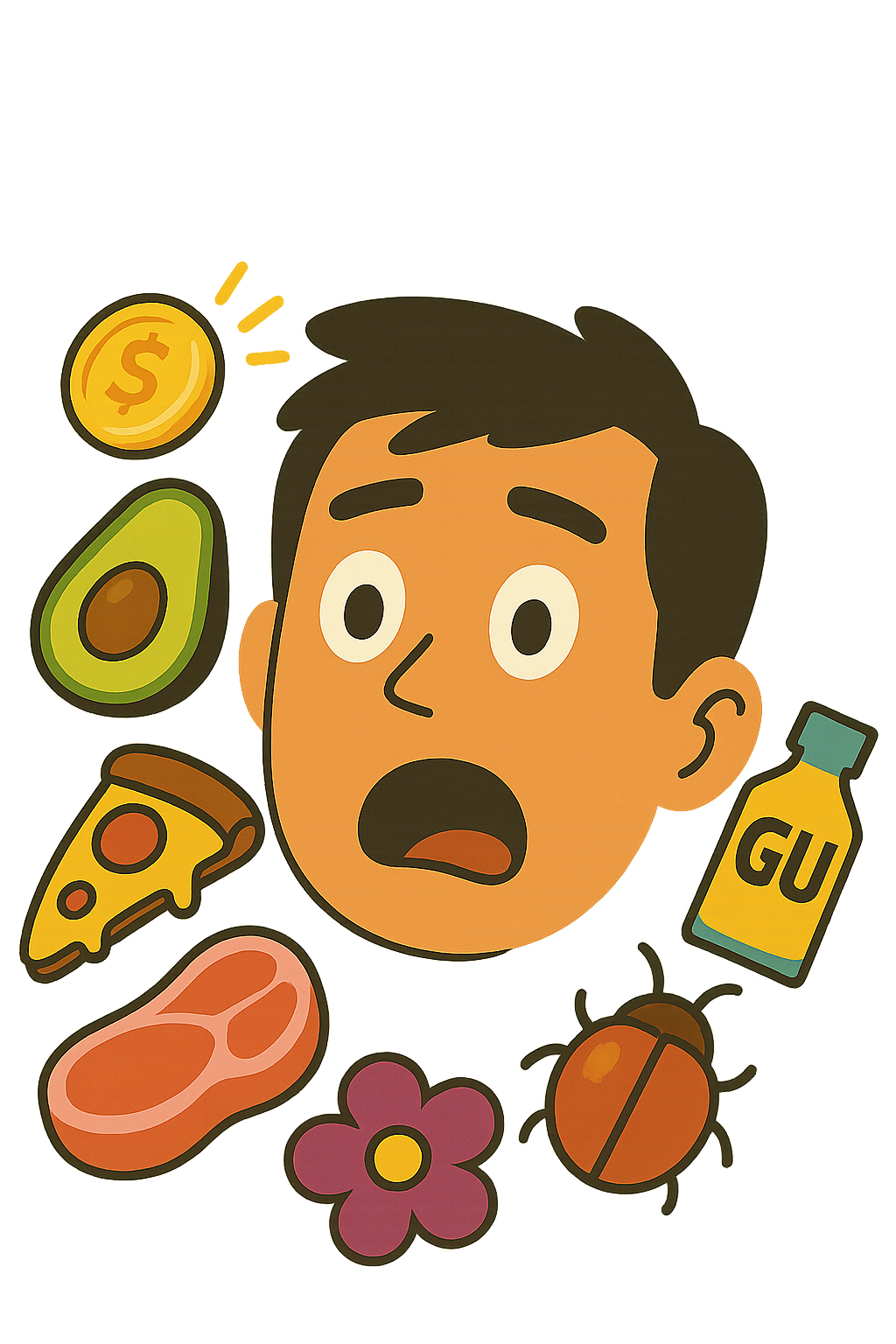Is it safe to eat moldy grains?
Quick Answer
No
Eating moldy grains is not safe due to the potential presence of mycotoxins, which are toxic substances produced by mold. These can cause a variety of health issues, including allergic reactions, respiratory problems, and in severe cases, even cancer.

What Is It?
Moldy grains are grains that have been contaminated by mold, a type of fungus. This usually occurs when the grains are stored in damp conditions, allowing the mold to grow.
How to Tell
Moldy grains may have a musty smell, discoloration, or visible mold growth. The texture may also be off, with the grains feeling damp or sticky.
Why It Can Be Risky
There are several risks associated with consuming moldy grains:
- Allergic reactions: Some people are allergic to mold and can experience symptoms such as sneezing, itching, and rashes.
- Respiratory problems: Inhaling mold spores can lead to respiratory issues, including asthma attacks.
- Mycotoxin poisoning: Some molds produce mycotoxins, which can cause serious health problems including liver damage and cancer.
Safe Method?
The safest method is to discard any grains that show signs of mold. It’s not enough to just remove the visible mold, as the mycotoxins can still be present in the rest of the grain.
Safe Alternatives
If you find moldy grains, it’s best to replace them with fresh grains. Always check the grains before use to ensure they are not moldy.
Storage Tips
Store grains in a cool, dry place to prevent mold growth.’, ‘Use airtight containers to keep moisture out.’, “Don’t mix old and new grains, as this can spread mold.”]